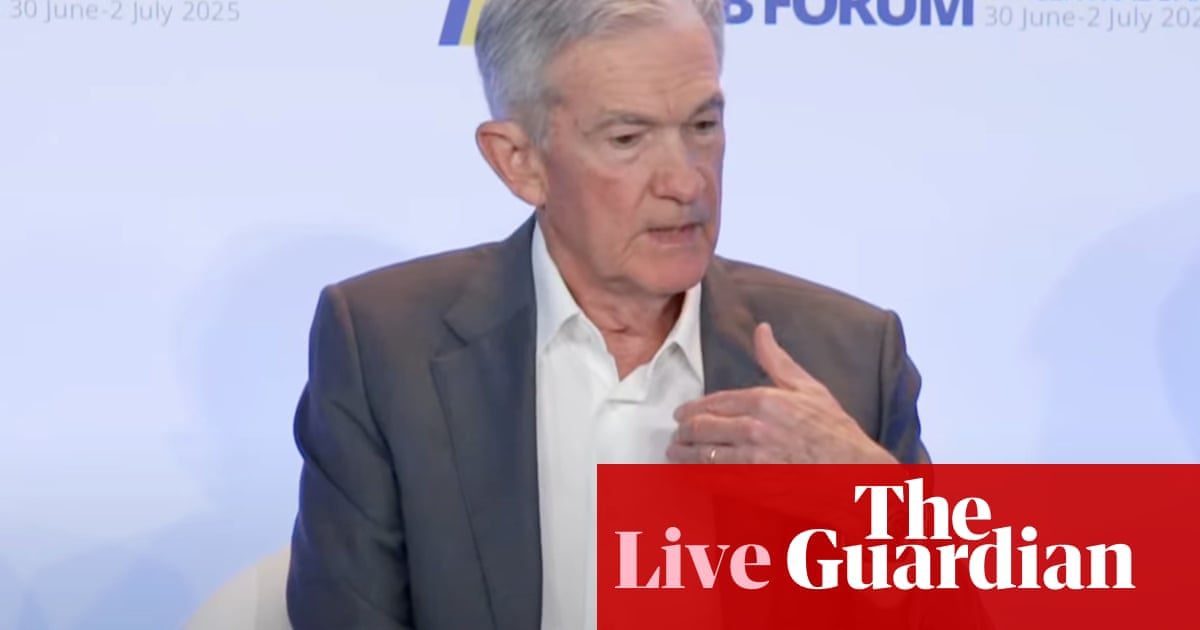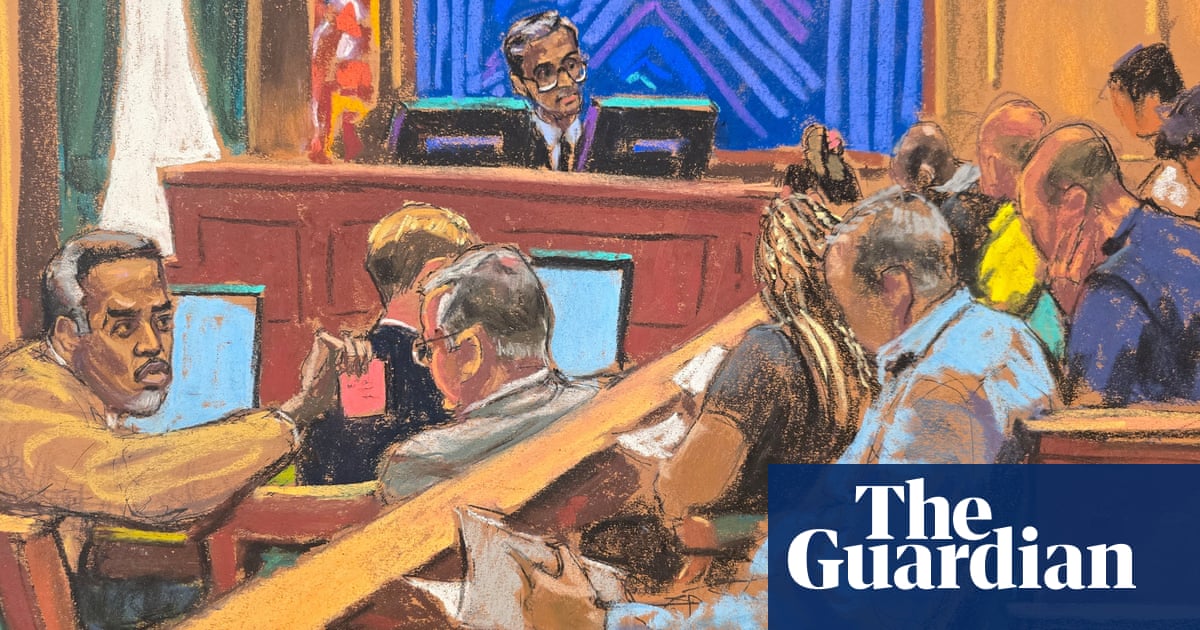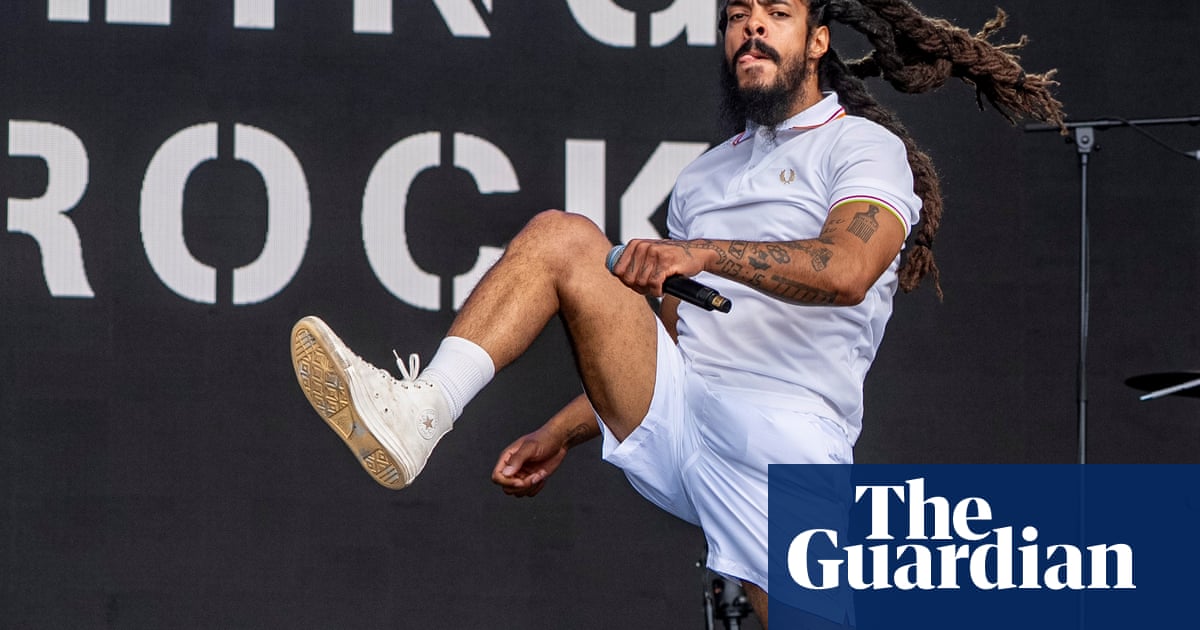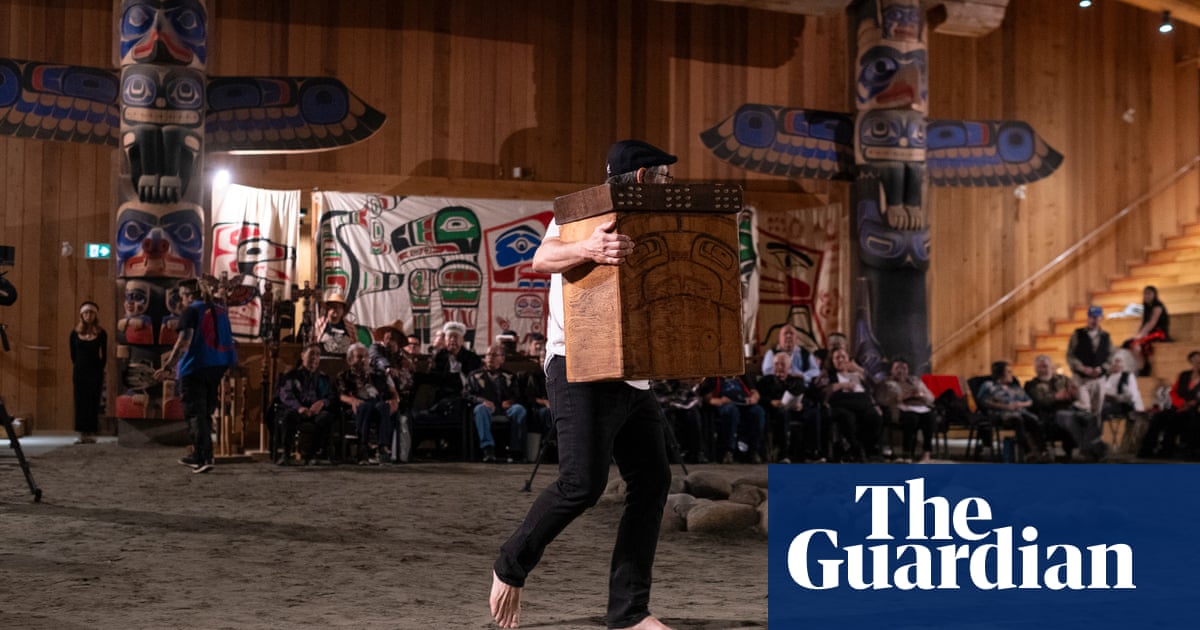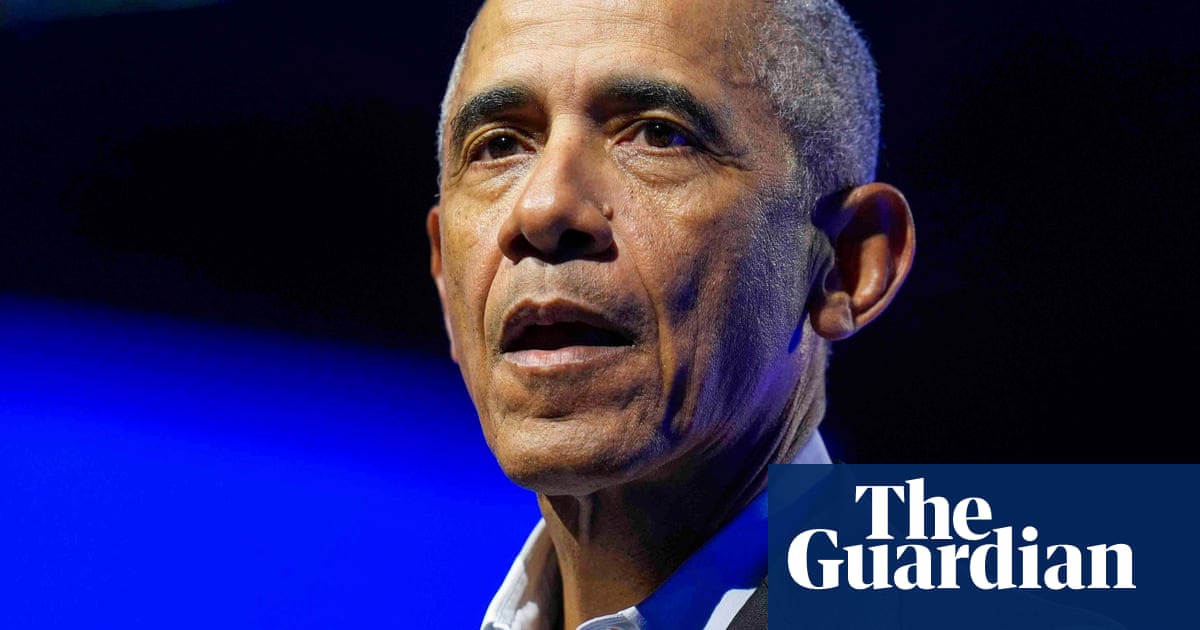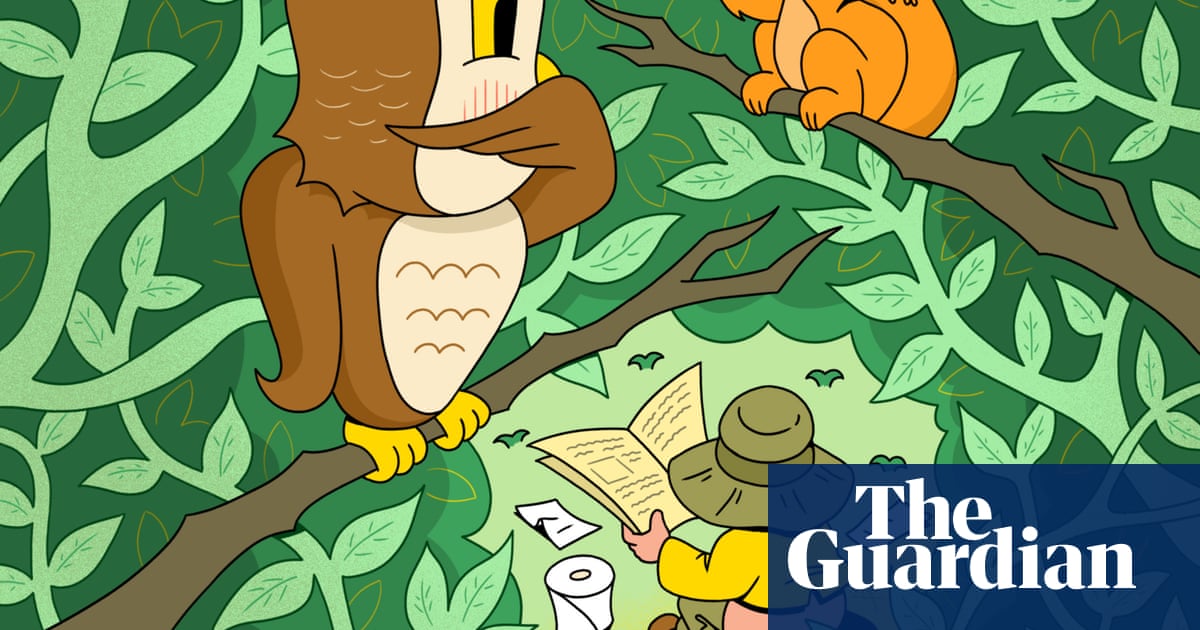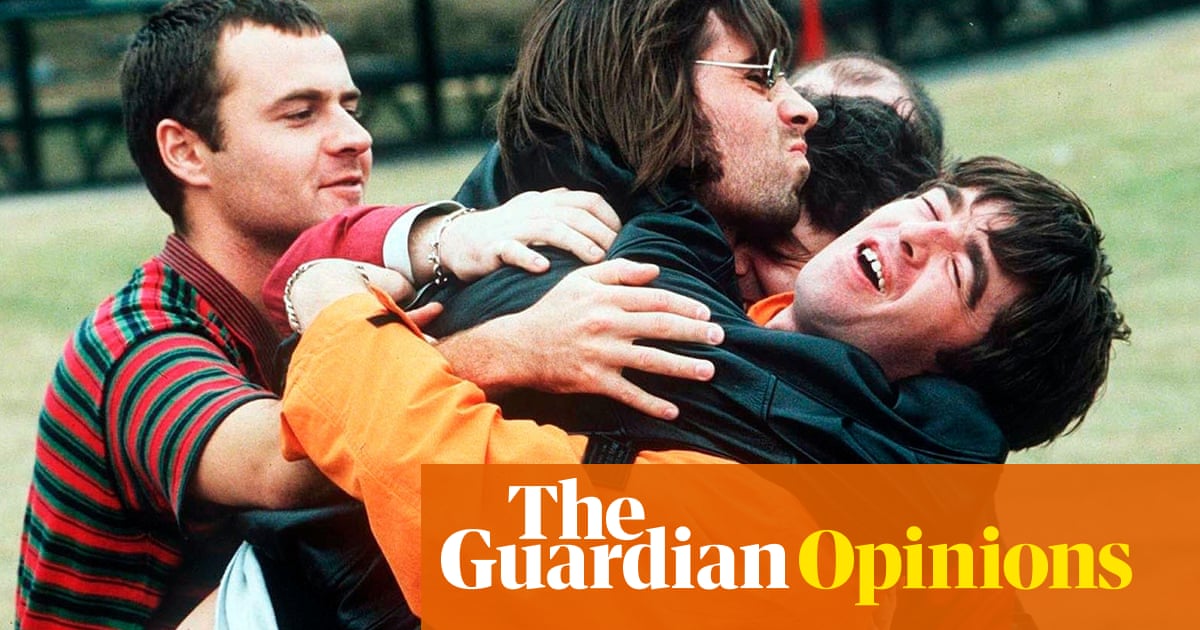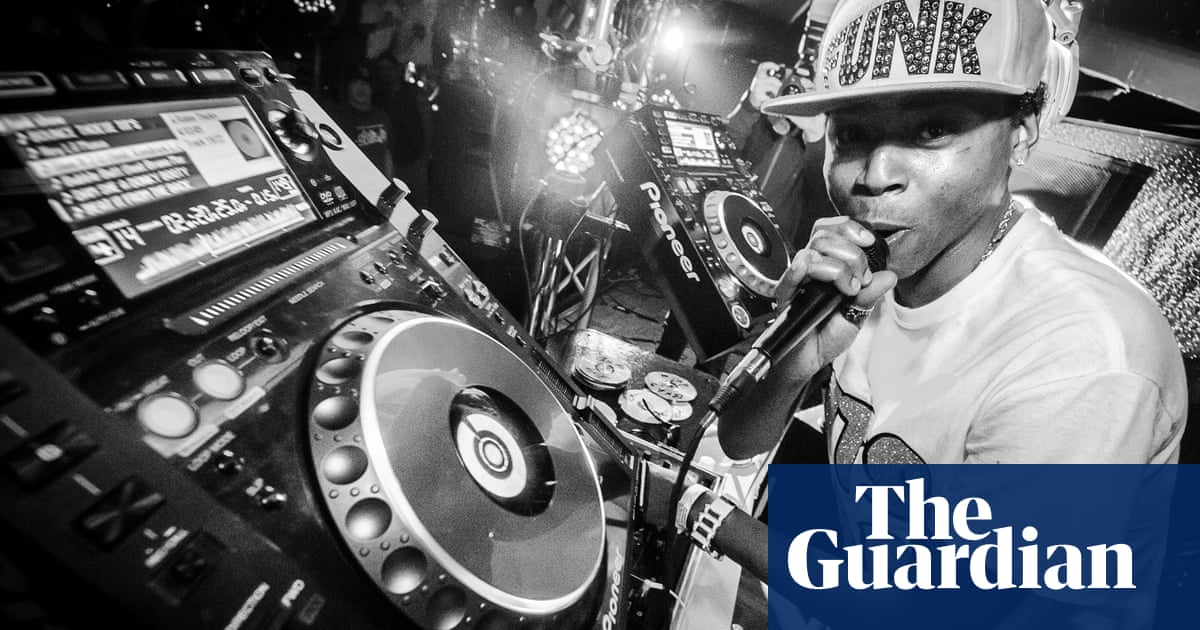It is impossible now to conceive of the Tour de France without two things: the race leader’s yellow jersey and the finale on the Champs-Élysées, a spectacle that is half a century old this summer. The finish has moved away from the great avenue once in the last 50 years, during the Olympic buildup in 2024, and the Tour cannot really be imagined without that final dash up the great avenue with its high-end shops and cafes, its gardens and plane trees.
The Tour had always finished in Paris, postwar on the velodromes at the Parc des Princes and the Cipale velodrome in the Bois de Vincennes, and it had frequently used the Champs for a ceremonial start; the idea for an “apotheosis” on the great avenue seems to have been inspired by the 1974 Giro d’Italia, which included a circuit race within Milan. The suggestion came from a television presenter, Yves Mourosi, who then had the honour of announcing the venture on his 1pm news show in November 1974.
The first running of the race up and down the Champs included attacks from Eddy Merckx, who had been defeated in the Tour for the first time by France’s Bernard Thévenet – this was back in the happy days when a seven-year hiatus without a French win was considered a scandal – and could not quite accept it. Marking the ultimate step in the adoption of La Grande Boucle by the French political establishment, the Republic’s president Valéry Giscard d’Estaing presented Thévenet with his yellow jersey.
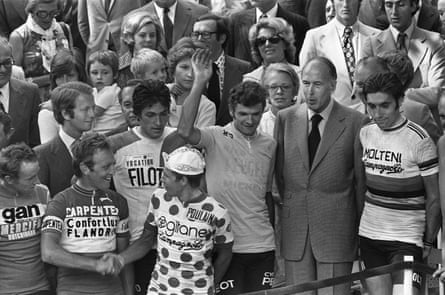
This was also the more innocent time when a politician could reasonably take issue with the commercial considerations of the Tour; Giscard did not want to be seen helping the winner into a jersey emblazoned with logos, so the maillot jaune was blank. However, it just happened to be made with thin silk, which meant that the chequerboard and name of Thévenet’s backer Peugeot Cycles could be clearly seen; it is not recorded quite what the official maillot jaune sponsor, Miko ice-cream, made of this.
The Champs-Élysées finish has mutated over the years. First off, it was a self-contained 163km stage up and down the Champs. In 1976 and 1977 there were two stages, a morning time trial and an afternoon circuit race. In 1989, the finish was a time trial starting from Versailles which provided such a spectacular denouement (won by Greg LeMond) that no organiser has dared to repeat it. In 2013, the finish was moved to a later time, nudging into the evening, and the initial 6km circuit has been extended to take in another made-for-TV backdrop, the Arc de Triomphe.
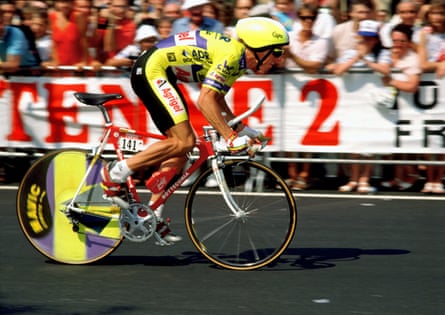
Recent tradition has it that the early part of the final Tour stage is a promenade, the leader’s team bring the race on to the Champs, and the overall standings do not change. It has not always been this way. The triple winner Greg LeMond’s last appearance on the Champs came after he attacked Miguel Indurain to cover the first two laps of the 1991 finish in front; in 2004 Lance Armstrong’s sixth Tour-winning party was spoiled by moves from the Italian Filippo Simeoni, who was in litigation with the American over doping, and who had been deprived of a chance of a stage win earlier by Armstrong, to the disgust of the caravan. The ultimate road race finish on the Champs, however, remains Bernard Hinault’s win of 1979; the finest moment, the never-to-be-repeated 1989 time trial won by LeMond for his eight-second victory over Laurent Fignon.
The standings can be changed on the Champs. In 2005, Alexander Vinokourov took a dramatic stage win in a perfectly timed late breakaway – this was when the future Olympic champion was better known for aggressive racing rather than blood doping – and did so in the knowledge that the stage winner’s 20-second time bonus might enable him to leapfrog the American Levi Leipheimer into fifth place.
Such moves are the exception not the rule, and the circuit has become the sprinters’ playground par excellence. To capture the fastmen at full tilt, a coned-off lane was installed in 2005 for the final few hundred metres, to enable a television camera motorbike to run alongside and capture spectaculars such as Mark Cavendish and his lead-out man Mark Renshaw finishing first and second in 2009.
The Champs has seen spectacular crashes too – relatively rare, however, as by the final stage all the initial nerves are long gone – and none more than that of 1991, when the Uzbek Djamolodine Abdoujaparov, wearing the green points jersey, collided with one of the large cardboard Coke cans that lined the finish back then. The Tashkent Terror flew through the air in dramatic style – captured in mid-flight by one lucky photographer – then was scraped off the tarmac and escorted across the line in a daze before being taken to hospital. He was eventually awarded the green jersey that autumn at the Tour’s route launch, to a backdrop of footage of the crash playing on a loop which seemed a little tactless at the time.
It is somehow apposite that in the 50th anniversary year, the Paris finish is finally being changed, with three loops up to another famous Paris location, the Butte Montmartre, as well as the usual finish on the Champs. This will completely change the final stage; if any of the riders high up the overall standings want to improve their position, this is the perfect attacking playground. A serious battle for the final classification, with the likes of Tadej Pogacar involved, would be the perfect way to celebrate that half-century.
after newsletter promotion
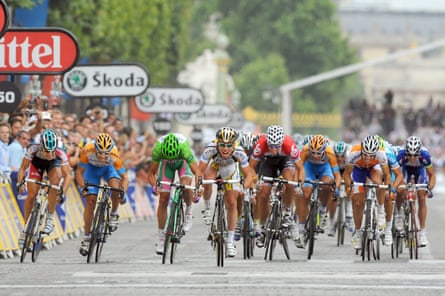
Five great Champs-Élysées moments
Bernard Hinault 1979 Astonishingly, “the Badger” won twice on the Champs-Élysées in yellow – the only rider to do so in 50 years. The first one was a two-up break with that year’s runner-up Joop Zoetemelk after the pair escaped outside Paris, and left the rest of the race in tatters. The sprint was a formality.
Bernard Hinault 1982 Three years on, Hinault was en route to Tour win No 4, without a road-race stage win to his name. The upshot was a little piece of glorious madness, with the yellow jersey contesting the bunch sprint and beating all the fast men, including points winner Sean Kelly.
Greg LeMond 1989 Probably the greatest Champs-Élysées moment to date, when LeMond turned round a 50-second deficit on Laurent Fignon in a final-day time trial to take his second overall win, winning the yellow jersey by eight seconds, two years after a shooting accident that nearly cost him his life.
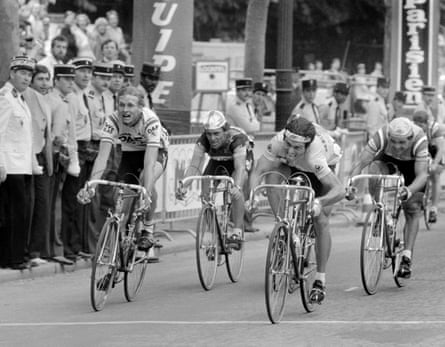
Eddy Seigneur 1994 A rare breakaway win on the Champs, with Seigneur escaping a five-man move in the final kilometres, and a rarer-still French winner – apart from Hinault, only two other home riders have managed the feat, Alain Meslet in 1977 and Jean-Patrick Nazon in 2003.
Mark Cavendish 2012 An astonishing sight for British fans used to years of hurt: Bradley Wiggins in yellow leading out his Team Sky teammate in the rainbow jersey of world champion. Not surprisingly, “Cav” is the record holder for the Champs, with four wins in total; this was the last and most evocative of the four.

 7 hours ago
3
7 hours ago
3


